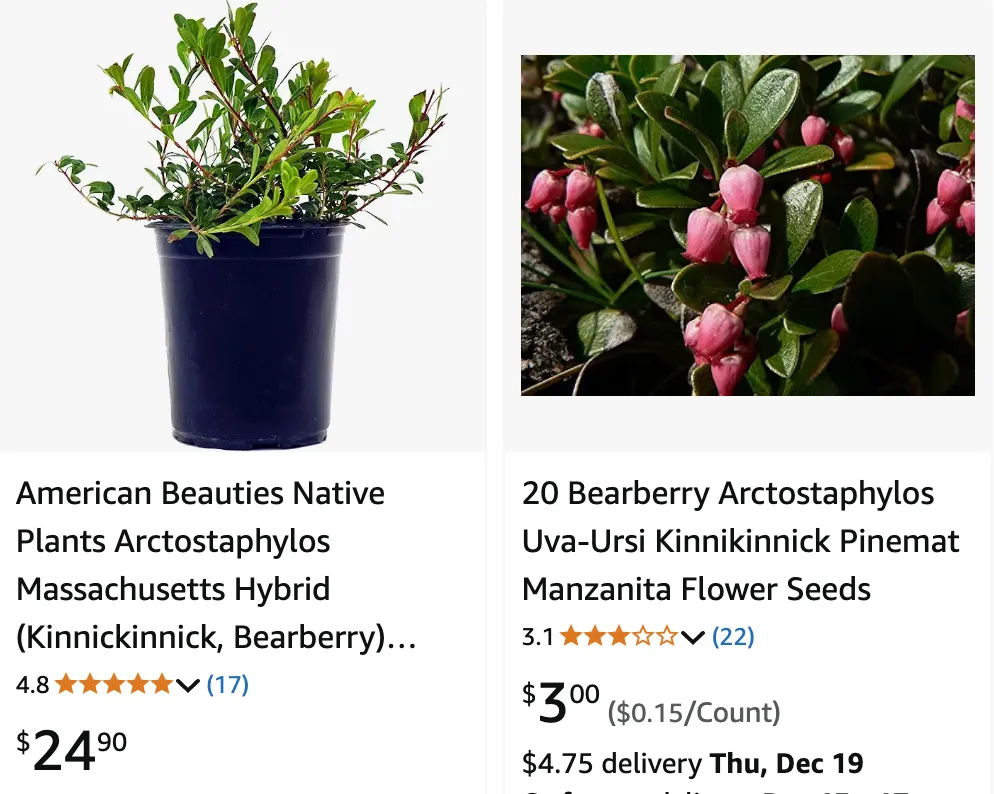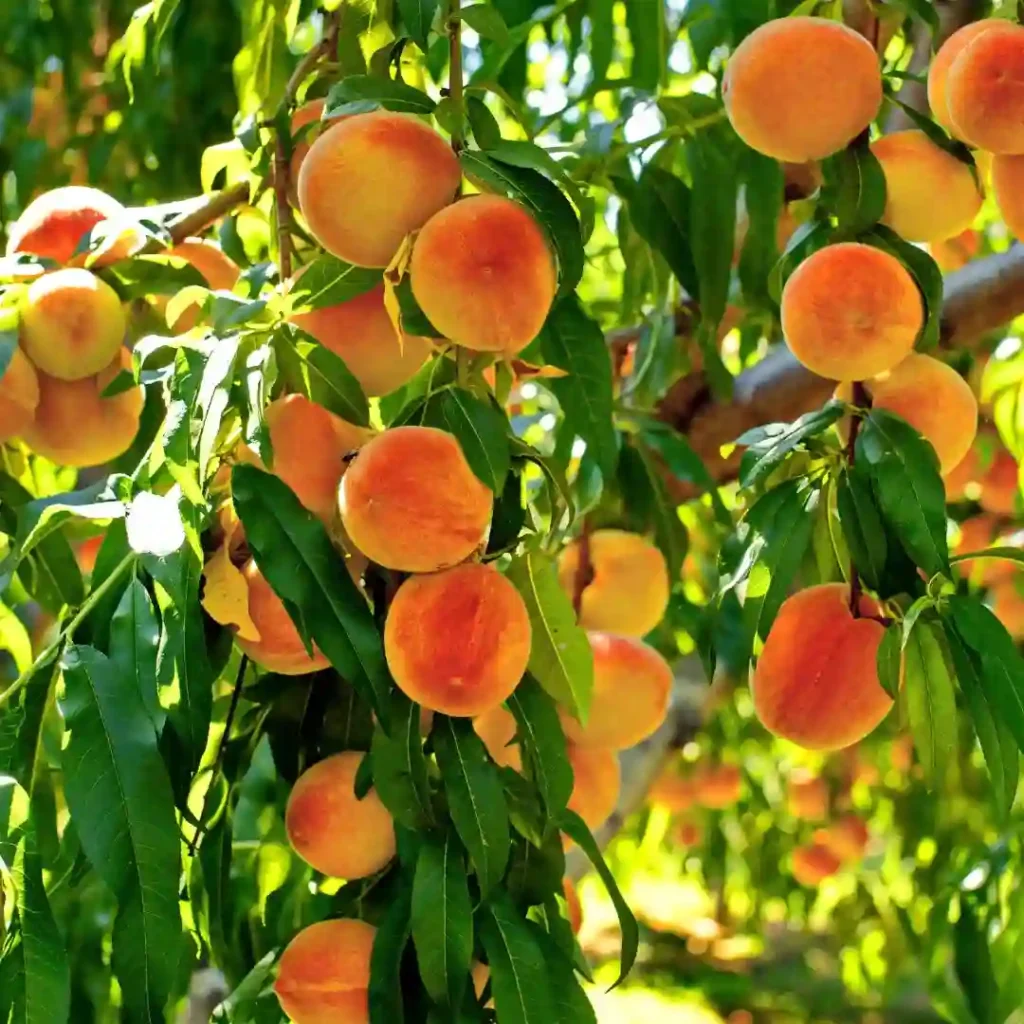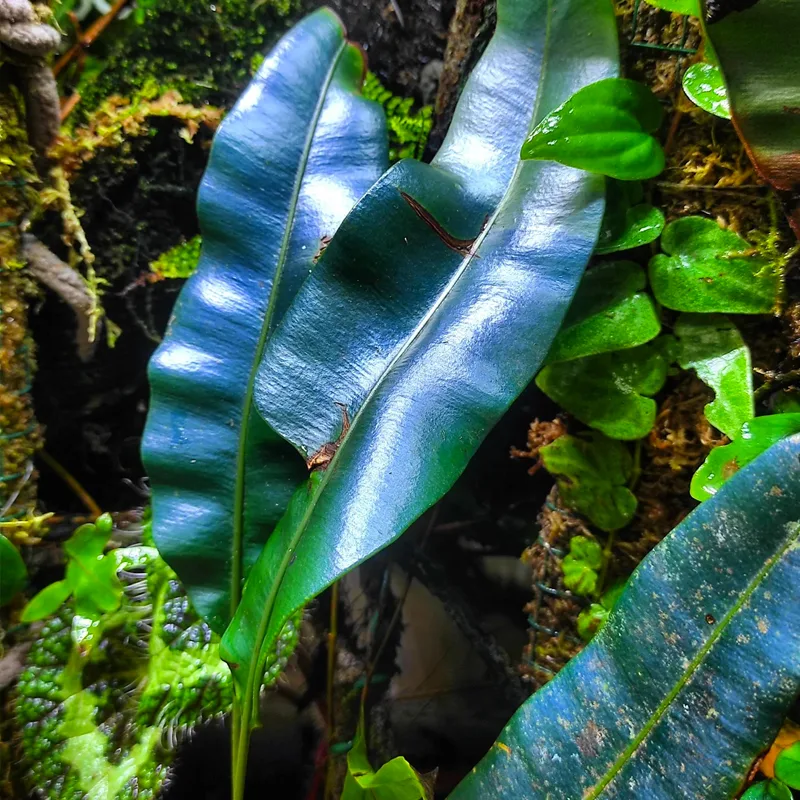
May 24 – Arctostaphylos
"Arctostaphylos, the manzanita, represents May 24."
This plant stands for adaptability and endurance. You thrive in challenging environments, always finding ways to grow. Like manzanita, your strength lies in your ability to flourish where others cannot.
The Manzanita Marvel: A Deep Dive into Arctostaphylos
I’ve always been fascinated by the resilience and beauty of plants, especially those that thrive in harsh conditions. One genus that truly captures my attention is Arctostaphylos, more commonly known as manzanita. The name, derived from the Greek words for “bear” and “grapes,” is a nod to the fruit that many species bear – small, berry-like drupes that are a favorite food source for bears. But there’s much more to these plants than just their tasty treats. As someone who appreciates both the aesthetic and ecological value of the natural world, I find myself drawn to the unique characteristics and diversity within this remarkable genus.
A Tapestry of Textures and Forms
Manzanitas are a diverse group of evergreen shrubs and small trees that belong to the Ericaceae family, which also includes rhododendrons and blueberries. They are predominantly found in the western regions of North America, with a concentration in California, where they play a vital role in the chaparral ecosystem. What strikes me most about them is their incredible variety. From ground-hugging shrubs to towering trees, manzanitas come in all shapes and sizes.
Their bark is equally diverse, ranging in color from rich mahogany to smooth, cinnamon red. This smooth, often peeling bark, coupled with the twisting, gnarled branches, gives manzanitas a sculptural quality that I find incredibly captivating. Their leaves, typically small and oval-shaped, are another point of interest. They are often thick and leathery, an adaptation that helps them conserve water in arid environments. The leaves also exhibit a range of colors, from deep green to silvery gray, adding to the visual appeal of these plants.
A Floral Feast for the Senses
In spring, manzanitas put on a spectacular floral display. Clusters of delicate, urn-shaped flowers, typically white or pale pink, emerge, attracting a host of pollinators like bees and hummingbirds. These blossoms not only enhance the beauty of the plants but also give rise to the fruits that give the genus its name.
Manzanitas: More Than Just a Pretty Face
Beyond their aesthetic appeal, manzanitas possess a number of qualities that make them ecologically important. Their dense growth habit provides crucial habitat and shelter for various wildlife species. The fruits serve as a valuable food source for birds and mammals, while the flowers offer nectar to pollinators. Moreover, manzanitas play a vital role in erosion control, particularly on slopes and in areas prone to wildfires. Their ability to resprout after fire further contributes to their ecological significance in fire-prone regions.
A Closer Look at the Species
The genus Arctostaphylos encompasses a wide array of species, each with its own unique characteristics and distribution. Here are:
- Arctostaphylos acutifolia Eastw.
- Arctostaphylos andersonii A.Gray
- Arctostaphylos auriculata Eastw.
- Arctostaphylos australis Eastw.
- Arctostaphylos bakeri Eastw.
- Arctostaphylos bolensis P.V.Wells
- Arctostaphylos canescens Eastw.
- Arctostaphylos catalinae P.V.Wells
- Arctostaphylos caucasica Lipsch.
- Arctostaphylos columbiana Piper
- Arctostaphylos confertiflora Eastw.
- Arctostaphylos cratericola (Donn.Sm.) Donn.Sm.
- Arctostaphylos crustacea Eastw.
- Arctostaphylos cruzensis Roof
- Arctostaphylos densiflora M.S.Baker
- Arctostaphylos edmundsii J.T.Howell Plant FAQs: Arctostaphylos Edmundsii
- Arctostaphylos franciscana Eastw.
- Arctostaphylos gabilanensis V.T.Parker & M.C.Vasey
- Arctostaphylos glandulosa Eastw.
- Arctostaphylos glauca Lindl.
- Arctostaphylos glutinosa B.Schreib.
- Arctostaphylos × helleri Eastw.
- Arctostaphylos hispidula Howell
- Arctostaphylos hookeri G.Don
- Arctostaphylos hooveri P.V.Wells
- Arctostaphylos imbricata Eastw.
- Arctostaphylos incognita J.E.Keeley, Massihi, J.Delgad. & Hirales
- Arctostaphylos insularis Greene & Parry
- Arctostaphylos × jepsonii Eastw.
- Arctostaphylos klamathensis S.W.Edwards, Keeler-Wolf & W.Knight
- Arctostaphylos × laxiflora A.Heller ex Eastw.
- Arctostaphylos luciana P.V.Wells
- Arctostaphylos malloryi (W.Knight & Gankin) P.V.Wells
- Arctostaphylos manzanita Parry Plant FAQs: Arctostaphylos Manzanita
- Arctostaphylos × media Greene
- Arctostaphylos mewukka Merriam
- Arctostaphylos montana Eastw.
- Arctostaphylos montaraensis Roof
- Arctostaphylos montereyensis Hoover
- Arctostaphylos moranii P.V.Wells
- Arctostaphylos morroensis Wiesl. & B.Schreib.
- Arctostaphylos myrtifolia Parry
- Arctostaphylos nevadensis A.Gray
- Arctostaphylos nissenana Merriam
- Arctostaphylos nortensis (P.V.Wells) P.V.Wells
- Arctostaphylos nummularia A.Gray
- Arctostaphylos obispoensis Eastw.
- Arctostaphylos ohloneana M.C.Vasey & V.T.Parker
- Arctostaphylos osoensis P.V.Wells
- Arctostaphylos otayensis Wiesl. & B.Schreib.
- Arctostaphylos pacifica Roof
- Arctostaphylos pajaroensis J.E.Adams Plant FAQs: Arctostaphylos Pajaroensis
- Arctostaphylos pallida Eastw.
- Arctostaphylos parryana Lemmon
- Arctostaphylos × parvifolia Howell
- Arctostaphylos patula Greene
- Arctostaphylos pechoensis (Abrams) Dudley ex Abrams
- Arctostaphylos peninsularis P.V.Wells
- Arctostaphylos pilosula Jeps. & Wiesl.
- Arctostaphylos pringlei Parry
- Arctostaphylos pumila Nutt.
- Arctostaphylos pungens Kunth
- Arctostaphylos purissima P.V.Wells
- Arctostaphylos rainbowensis J.E.Keeley & Massihi
- Arctostaphylos refugioensis Gankin
- Arctostaphylos regismontana Eastw.
- Arctostaphylos × repens (J.T.Howell) P.V.Wells
- Arctostaphylos rudis Jeps. & Wiesl.
- Arctostaphylos sensitiva Jeps.
- Arctostaphylos silvicola Jeps. & Wiesl.
- Arctostaphylos stanfordiana Parry
- Arctostaphylos × strigosa Howell
- Arctostaphylos tomentosa (Pursh) Lindl.
- Arctostaphylos uva-ursi (L.) Spreng. Plant FAQs: Arctostaphylos Uva-Ursi
- Arctostaphylos virgata Eastw.
- Arctostaphylos viridissima (Eastw.) McMinn
- Arctostaphylos viscida Parry
- Arctostaphylos wellsii W.Knight
Cultivating Appreciation
My interest in manzanitas extends beyond mere admiration. I believe it’s important to cultivate an understanding and appreciation for the natural world, and these plants serve as a perfect example of the beauty and resilience that can be found in nature. Whether I’m hiking through a manzanita-filled landscape or simply admiring a specimen in a botanical garden, I’m always struck by their unique beauty and ecological significance.
In a world that often seems disconnected from nature, I find solace in the presence of these remarkable plants. They serve as a reminder of the intricate connections that exist within ecosystems and the importance of preserving the natural world for future generations. By learning about and appreciating plants like manzanitas, we can deepen our connection to the environment and foster a greater sense of responsibility for its care.
If i die, water my plants!



